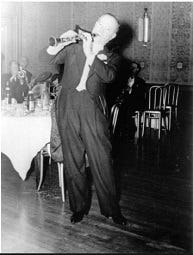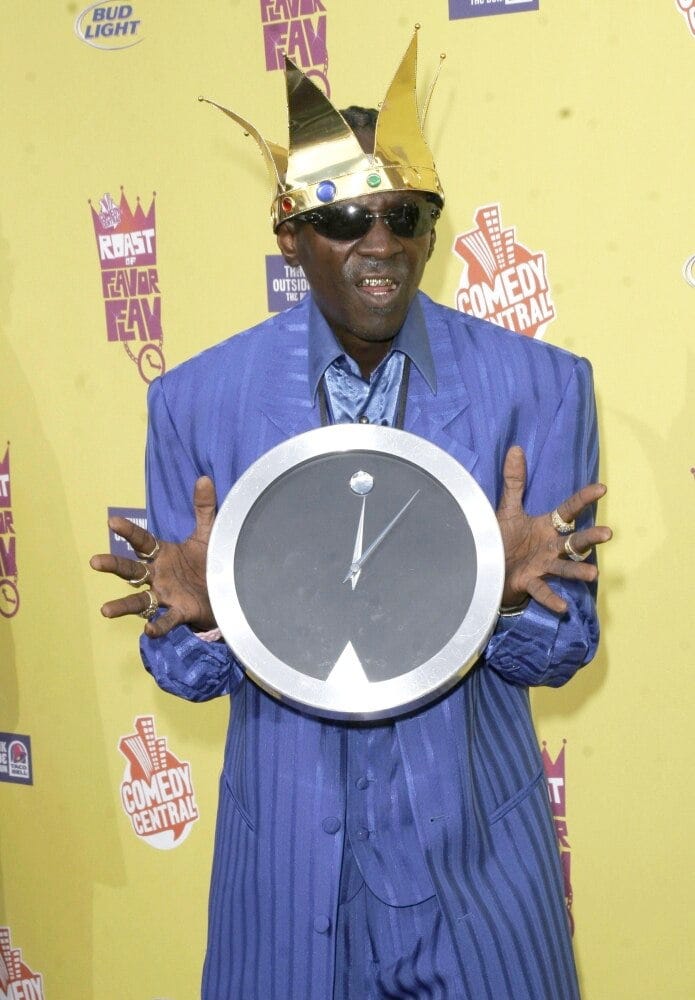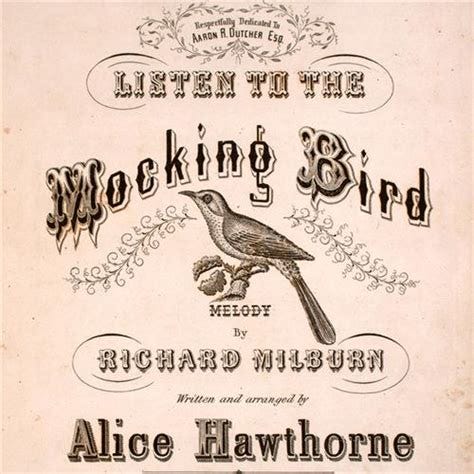It can be interesting to see what parts of music are replicated and what parts get "unheard" and left out. There ain't a ton of weird sound effects on klezmer records, but there are some and they point to an interesting aspect of the music that is often ignored.
We'll start with one of the absolutely greatest records ever. Brandwein's Kalarash. About the weird sounds, Martin Schwartz writes,
In the last section, the sound reminiscent of a "Roman candle" is a whir produced by blowing on a disc.
I'm guessing that the person playing this sound is also the person talking ("Lebedig!"), badkhn, dance-leader drummer (hat tip to Joel Rubin). The rarity of vocalists on klezmer records (aside from comedy records) might explain why we don't hear more of this. Was this more common in everyday performances when badkhns or actual dancers would have been hanging around? Did the audience participation fill this gap like it does with flamenco and rebetika?

Ben Bayzler's amazing Muzikant by him and Brave Old World is a glimpse into these "What ifs?" Also a drummer, he provides rhythmic grunting and other verbal whoops that magically compel participation. These “hup hups” are some common as to be almost a cliche, and yet how many contemporary klezmer folks do anything like it today? Why is it so easy to "unhear" things like this which don’t end up on sheet music?
Another masterpiece from Martin Schwartz's anthology: Orchestra Orfeon’s Sirba. A mysterious train blows through the studio at the end. No idea why.
Hank Sapoznik characterizes Aaron Lebedeff's performance of this Rumania, Rumania variant as "…ending in a wild rush of catcalls, mouth popping, whistles and Lebedeff's full catalog of sound effects."
There were other trains:
Pedutser loved to show off his talents, imitating bird calls on his violin or juggling the violin and bow. But he was foremost an artist.... A competitor of Pedutser's was Alter Tchudnover (1846-1912) who was born in Tchudnow, Poland. Instead of birdcalls, Tchudnover became famous for train sounds and whistles he made on his violin. One of the most famous klezmers in Eastern Europe, he wrote music that made people laugh and cry. He owned two violins- one a cheap one he played with his band, the other his Amati, which he played as a soloist. Yale Strom, Shpil
Such mimicry is widespread in all sorts of music. In the East, the Roma "Lark" song or Ciocarlia, is a musical platform for fake bird-calls. See also the sublime Selfos from Epiros. In America, we have the exact same thing. Coming out of the sketchy minstrel whistling craze, Listen to the Mockingbird became a huge hit. This is a good version of it, although like the Lark, there are many other ones. And, like the Lark, it is a song that is still performed today, particularly in bluegrass (the longevity of these novelty songs is... curious.)
Speaking of Pedutser and his birds, Titunshneyder’s strange Pidutser Nign has bird-like, even lark-like, twittering and octave leaps interspersed within the more melodic parts, not unlike the two examples above.
Those interested in the heavy semiotics of this should check out Eco-Sonic Media's amazing chapter on whistling and animal mimicry in American music. You should also check out the last vestiges of animal mimicry in American dance, captured in this amazing clip from the documentary, Talking Feet (notice the joy that comes irresistably to all during this dance).
Not exactly klezmer perhaps, but very close and with all sorts of funky percussion. Again, just note how much this stuff goes unheard and unreproduced when the actual music is reduced to “Music.”
Harry Raderman, klezmer and Jazz trombonist, recorded the famous, and to me, painfully irritating, Laughing Song. The trombone mimics laughing, over and over and over. It sold a bunch of copies and Blimpy Blank (no relation) was proud of his nephew.
Back to Jewish music.
Like Lebedeff, Prince Nazarov did the mouth music thing: About it, Michael Alpert says
The music even featured the classic Russian village beresta, the small piece of birch bark or other thin material that produces the wild chirping noises heard on the original (and our reinterpreted) Nazaroff cuts.
I actually made one of these things years ago but had to give it up because I ended up really worried about choking on it and dying mid-performance. If you're braver than me, learn how to make the modern day equivalent here. Tecsoi Banda's Jura Chernavets (also a drummer) played one of these type of things (watch him talk about it and do it here). Kudos to Mishka and the boys for reinvigorating this tradition.
Amazingly, there is an actual musical leaf on a klezmer tune. Listen here. (Josh Horowitz has tracked this green leaf/foie verde repertoire quite a bit). Perhaps it just whistling? This sort of leaf-playing is a thing in Romania
I’m sure I’m missing some tunes, what have I forgotten?
Nothing But Hype
In American music, we have similar traditions of this “sort of thing.” I'm thinking of folks like Bob Wills (are there folks like Bob Wills?) He wasn't the best fiddler in the band, and he wasn't the best singer in the band, so why was he in the band? His main job seemed to be to hold his fiddle and pretend to be just about to play while interjecting strange non-musical accents like "A-Haaa" and various "hollers" here and there. It had the same effect as these other sound effects- it was weird- it was extra. But somehow it was uniquely helpful- it gave others permission to participate.
Such hype-men, who are essential to music but don’t really play “music” exist in other genres, like ska and hip-hop. Hype here is used in both senses- a wonderful sense of the phony and of exaggeration (excess and caricature.) They are often deliberately portrayed as low-class, marginal and funny, but their main job is to be weird enough to be the first ones to break through the barriers of everyday inhibitions. Their main gift is a kind of shamanistic charisma (defined as a "divine gift"). 1

This charisma is never talked about in klezmer circles, or really any music circles as far as I can tell, despite it being an important part of some famous klezmer's biographies. Charisma isn't taught in high school music programs, and its connection to timbral and sonic weirdness isn't captured in any sheet music. I think most people think it’s cheating… and it is!
The hype-man's tools, like the shaman's, are cheap-ass tricks and gimmicks, bells and whistles. These often involve not melody but pure timbre: weird voices, animal imitations, hunting calls. You can get a lot of cool stuff in hunting stores.
Practically, it's just a lot of fun to carry around a little magic satchel of these cheap toys on stage. I used to have a little whirly-woo that I would play with the Magnolia Orchestra every now and then. It never failed to get a smile, relax the band and bring people a little closer.
The meaning and importance of charisma to Hasidic court and musical culture should also be considered, although I don’t get into it here.










